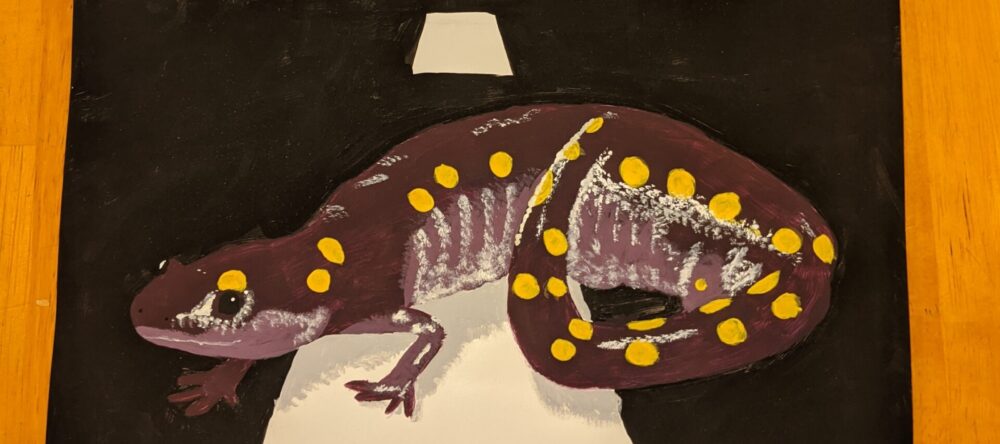Researchers have found a method to flush microplastics accumulated in apex predators, but to what extent?
By Natalie Albrecht
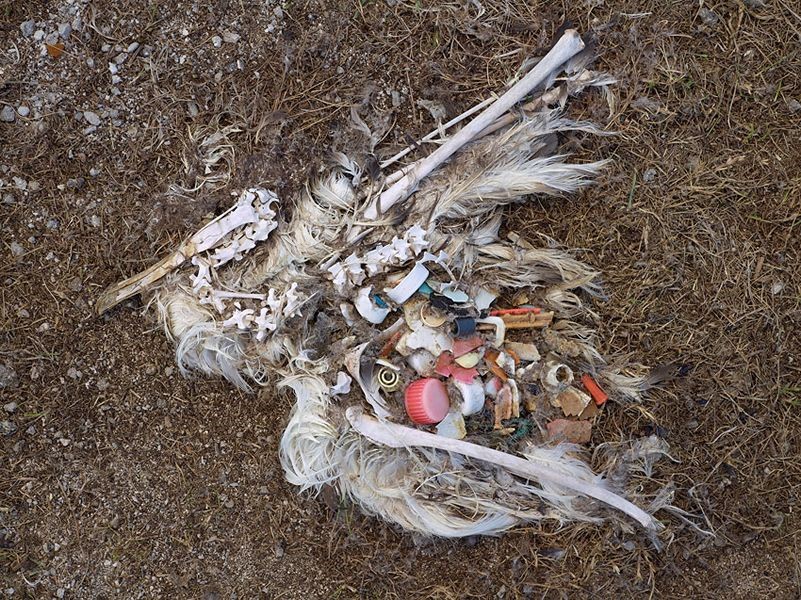
Images of floating garbage patches and trash-filled beaches are the poster children of many environmental movements. These apocalyptic images come as a disheartening shock to many people; birds with stomachs full of plastic, seals with plastic can toppers twisted around their neck, beautiful islands cloaked in trash. Floating garbage patches and littered waterways are the tip of the iceberg. The 8 million tons of plastic that is discarded in our waterways annually eventually ends up in the ocean. As plastic is tossed around in our waterways, it breaks apart into smaller pieces, known as microplastics. National Oceanic and Atmospheric Administration describes microplastics as small plastic pieces less than five millimeters long which can be harmful to our ocean and aquatic life. The impacts of microplastics are largely unknown, what we do know however, is they can physically damage organs and leach hazardous chemicals in wildlife species, as well as humans. Scientists and health officials around the world are continually working to understand the effects of microplastics and ways to mitigate microplastics.
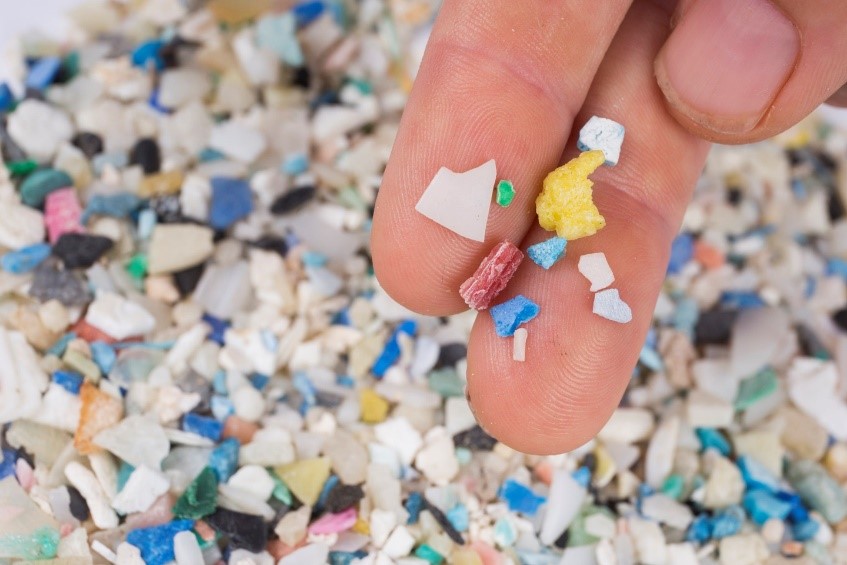
Dr. Mauricio González Jáuregui at the Laboratorio de Contaminantes Orgánicos Persistentes in Mexico, also known as the Persistent Organic Pollutants Laboratory, is a scientist who’s dedicated much of his research to microplastics. In 2019, Dr. González Jáuregui completed research to test a method that could remove ingested microplastics from wildlife with the method article titled “Stomach Flushing Technique Applied to Quantify Microplastics in Crocodilians”. Dr. González Jáuregui strategically picked crocodiles as the test subject due to the process in which microplastics enter our environment. Once microplastics are present in rivers, streams, and oceans, our smallest organisms ingest them, from salamanders and frogs, to fish, and become a part of our trophic system. As one animal eats another, microplastics and the twins they leech, accumulate in the food chain. Thus, whole ecosystems are compromised, effecting the food we eat, the soils we grow our food in, and the water we drink. Dr. González Jáuregui and his team chose to test their stomach pumping method on crocodiles since they are an apex predator. In an email interview, Dr. González Jáuregui, explained, “[microplastics] constitute a great risk for the conservation of populations of wildlife species, especially of the top species in their ecosystems since these species tend to accumulate and magnify all these compounds, registering the greater effects on [their] health…”.
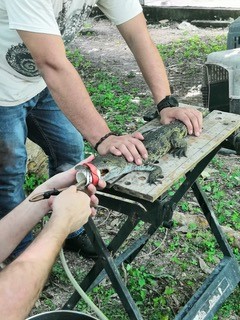
Figure 3. Dr. González Jáuregui and his team beginning the stomach pumping process. 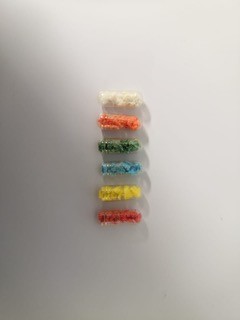
Figure 4. Capsules ingested by crocodiles, containing 42 microplastic fragments each.
Dr. González Jáuregui and his team set out to find a way to quantify microplastics in organisms and find an effective way to flush them out of an organism’s system. The methods involved in this study included capturing 20 crocodile test subjects, separating them into groups of 4-5, and introducing 1 capsule with 42 microplastic fragments to each crocodile all in the same period of time. In following days, in 24 hour increments, Dr. González Jáuregui and his team would flush the contents of the crocodile’s stomachs by inserting a short PVC pipe into the mouth and then pumping water into the stomach through a hose. The pipe was then removed, in which the crocodiles then regurgitated water, as well as other things accumulated in the stomach. Microplastics were then separated with sieves and sent to lab to ID.On day 1 of the experiment, the stomach of the first group of crocodiles were flushed, in which 89% of the microplastics were recovered. Dr. González Jáuregui and his team successfully recovered the majority of microplastics in the first group of crocodiles. However, the percent of plastic recovered negatively correlated with the time the microplastics sat in the body of the crocodiles. As time went on, less and less microplastics were recovered. On day 2, 3, and 4, the percent of microplastics recovered were 84.2%, 65.2%, and 62.8%. Overall, 75.3% percent of the total plastic fragments were recovered, the remaining 24.7% was presumed to this still be in transit in the crocodile’s intestines by the end of day 4 and have the potential to leach toxins in the crocodiles.
This experiment is a prime example of the work being done to find ways to assess the quantity of microplastics in organisms. In this study, it was found that as time goes on, microplastics become harder to remove from an organism’s system, which was founds through feeding microplastics directly to apex predators. However, microplastics enter our trophic system way earlier than apex predators in many cases. Microplastics often enter at the start of our food chain with our smallest organisms, and the toxins released from microplastics increase along the food chain as one animal eats another, as well as through direct plastic consumption. This process can be any period of time, from one day, to 80 years, the average lifespan of a crocodile. Therefore, microplastics would be mostly irremovable from the majority of organism who have years of accumulated toxins. Accumulation of toxins from microplastics in apex predators is a serious threat to both species health as well as environmental and human health. More information and research is needed to understand the true impacts of microplastics, as well as what their presence is in different ecosystems, and how to mitigate them, as Dr. González Jáuregui explained “Much remains to be studied and it is essential to know the real impact of plastics on the endocrine and immune systems of wildlife”.
“…the primary message to all is that we should reduce the use of single-use plastic packaging, extend the shelf life of all commonly used plastic utensils, and above all, properly handle and dispose of all waste…” Dr. González Jáuregui explained. The main takeaway that scientists and environmentalists, such as Dr. González Jáuregui, hope to instill is to be more conscious of plastic use and disposal. Some simple, every-day things you can do to reduce your plastic use is to use a reusable water bottle, avoid the use of plastic straws and utensils, and recycle discarded plastic whenever you can. Every organism is, and will continue to be impacted by plastic and microplastics, from our smallest amphibians, to our apex predators, to even ourselves. Our natural world is plagued by plastic and the toxic environment it creates. Do the part you can to reduce single-plastic use, and to prevent plastics from ending up in our ecosystems.
